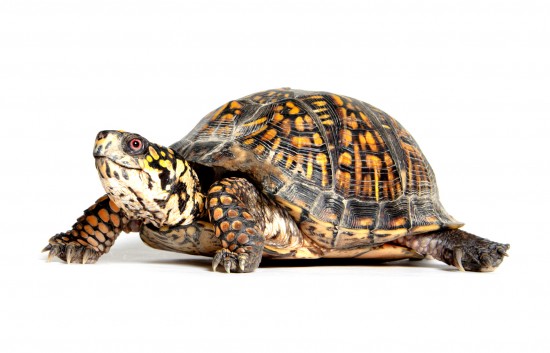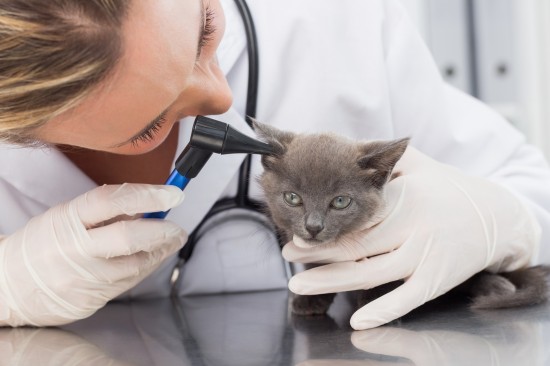


The German shepherd is one of the most popular breeds of dog in the UK, and one that consistently makes the top ten list of the most commonly owned dog breeds. A highly versatile large breed, the German shepherd makes for an excellent pet, but can also perform a wide variety of working roles too, and can commonly be seen performing police work in countries all across the world, as well as a wide variety of other working tasks too!
The German shepherd can be seen in a variety of colours, with the most common being black and tan. Other accepted colours include black, white, liver and blue. The coat of the breed is double layered, with a longer top coat and dense undercoat. The most common coat length for the breed is medium, but a longhaired variety can also be seen; however, the longhaired coat is much less common, as it is caused by the presence of a recessive gene.
German shepherds can stand up to 26” tall at the withers, and weigh up to 40kg. Males of the breed tend to be larger than females.
If you are considering buying or adopting a German shepherd, it is of course vital to find out as much about the breed as possible before committing to buy. One important aspect to research is the hereditary health and longevity of the breed, and we will look into this in more detail within this article.
The average lifespan of the German shepherd breed as a whole is 11 years, which is slightly lower than the average for dogs of a similar size and build. However, due to the sheer number of German shepherds within the UK, there is quite a lot of scope for variance in their lifespans, and it is not uncommon for dogs of the breed to live much longer than this.
The coefficient of inbreeding statistic for the German shepherd is 3.4%, which is lower than the accepted ideal of 6.25% or lower for pedigree dog breeds. This represents the fact that the German shepherd is a common and popular breed, which does not need a significant degree of inbreeding in order to keep the breed viable.
The conformation of the German shepherd has been identified as posing certain problems across the breed, and potential buyers of dogs of the breed are advised to make themselves aware of this, and learn to identify exaggerated traits that may prove problematic. Such issues include:
A wide range of different health schemes and testing programmes run for the German shepherd breed, in order to help to improve the health and viability of the breed as a whole. Such schemes include:
The German shepherd breed is classed a high profile dog breed by The Kennel Club, which indicates that the hereditary health and conformation of the breed as a whole are of particular concern, and are subject to close monitoring.
Some other conditions that are known to occur across the German shepherd breed include:
 5 Common Species Of Terrapins That Make Great Pets
5 Common Species
5 Common Species Of Terrapins That Make Great Pets
5 Common Species
 The Lykoi Cat - A New Breed
The Lykoi Cat - A
The Lykoi Cat - A New Breed
The Lykoi Cat - A
 Blue-green Algae And Its Risks For Dogs
Blue-green Algae
Blue-green Algae And Its Risks For Dogs
Blue-green Algae
 Top Tips For Treating Ear Infections In Dogs And Cats
Top Tips For Trea
Top Tips For Treating Ear Infections In Dogs And Cats
Top Tips For Trea
 Ways You Could Be Shortening Your Dogs Life
Ways You Could Be
Ways You Could Be Shortening Your Dogs Life
Ways You Could Be
Copyright © 2005-2016 Pet Information All Rights Reserved
Contact us: www162date@outlook.com